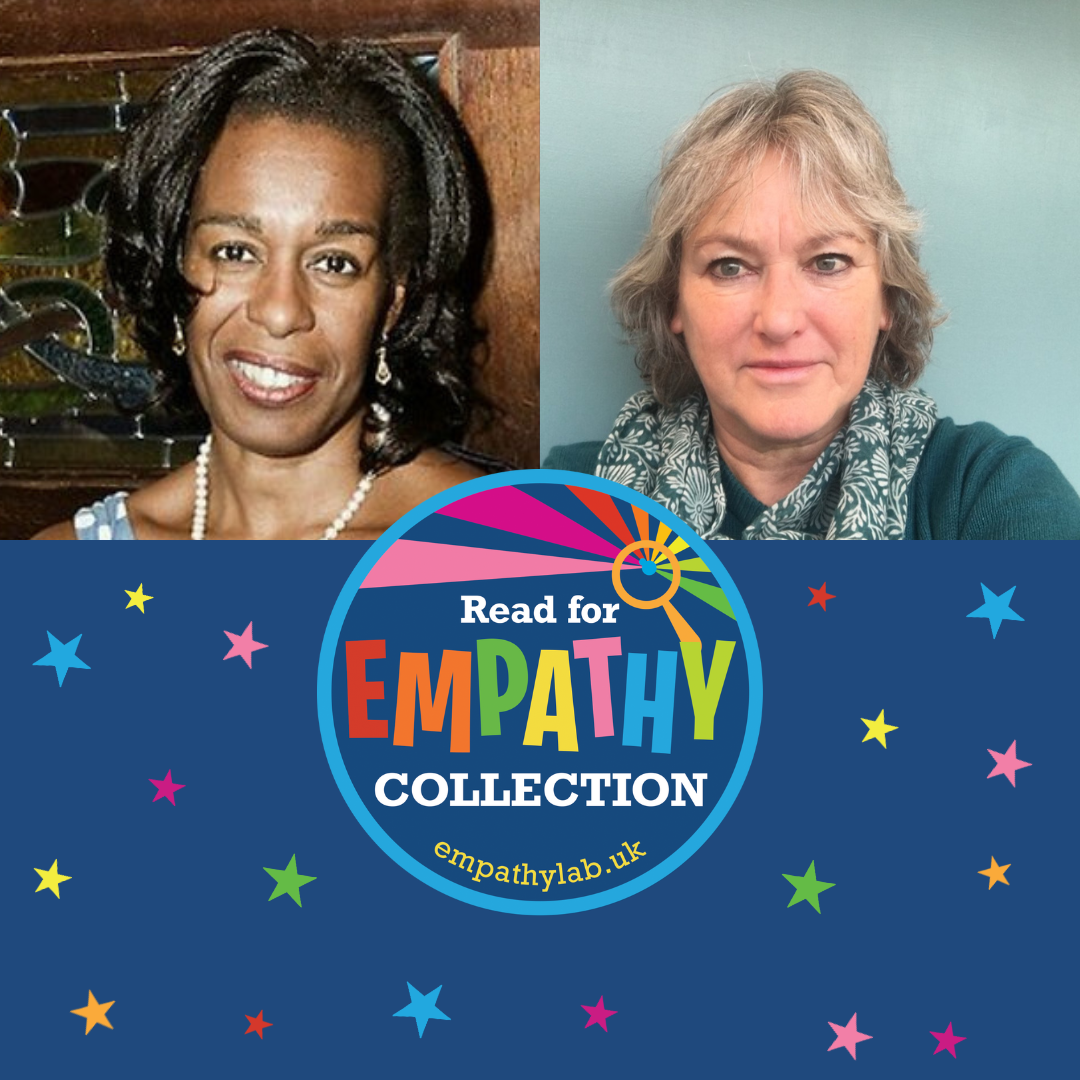THINK-IN: WHAT YOU TOLD US AND TOP TEN MESSAGES
- By EmpathyLab
- •
- 31 Jan, 2017
- •

The approach has significant potential: there was a warm welcome for the idea of using the creative power of words and stories to build empathy in children and young people. We should talk about empathy habits not skills.
Big welcome for EmpathyLab’s role in involving a range of different people/expertise: many of you commented on the surprising, and welcome, mix of people at the Think- In. You said there is new learning that comes from this mix of skills, knowledge and professions, with potential to generate dynamic ideas and solutions.
We need a strong evidence base: we need to develop robust research, and a plan to mix research and practice, working iteratively, using our research to further develop our activities. We should be clear about exactly what social change we hope to bring about by boosting empathy, and work with a clear definition of empathy.
Keep this open, consultative approach going: including working with partners but maintaining a unique offer and developing programmes that can be scalable. Sharing our research and continuing the open iterative approach.
Co-design the programme with children and young people: You recommended establishing a principle to co-design our activities and programmes with children and young people. We were encouraged to treat empathy as a positive horizon- broadening habit, not just a tool to tackle problems. You said it should be possible to support targeted vulnerable children as well as providing universal support.
Highlight and explore the relationship between empathy and literacy: we should build on the potential of empathy to improve literacy. And further investigate the neuroscience research that links empathy and literacy.
Be clear about how words and stories will be used: you said we should have a flexible approach to using a wide range of words and stories – including songs, plays and images. It’s important to recognise the power of children’s own stories and stories in the local community. We need to tackle the challenges and opportunities of digital and empathy – including reviewing and understanding research.
Our programmes will be powerful if they… are inter-generational, give children experiences of difference communities, focus on a range of age-groups including under-fives.
Include, and go beyond, schools: in the community based action research we need to establish easy-to-use frameworks for teachers. We should also work through other community organisations to equip parents and carers with the confidence to tell stories. Nurseries, libraries and children’s centres could be important partners.
Partnerships: a huge range of potential partners came forward. There was a welcome for EmpathyLab’s role in supporting and joining partners from different fields – mental health, wellbeing, literacy, neuroscience etc. You said there was a role for EmpathyLab both in direct delivery and enabling those we work with to deliver.
Some of the things you said:
Great to get the chance to speak to such a wide range of people and do some real deep thinking (so often passed by in day to day life). Carolyn Koussa, Puffin
Find a way to understand (as part of your research) how the internet influences a child’s lack of empathy, or indeed improves it. Harness this for positive action, go where the children are, not where you think they should be. Shannon Cullen, Penguin Random House
Repeat these types of event throughout your process. Claire van Ryhn, Shambala/University of Exeter
Empathy is learned by modelling – when we experience it we learn it and pass it on, therefore children need space to have their internal world acknowledged, listened to, understood through stories etc. Would be fantastic in schools, nurseries. Bernadette Cahill, Place2Be
I would love to see EmpathyLab campaign for empathy/emotional literacy to be more highly valued in education. Alice Lacey, Now Press Play
This concept has significant legs/potential. Connects to literacy/wellbeing and building communities. Teresa Cremin, Open University
Next steps:
Our next steps are to form an expert reference group to help develop our vision and theory of change which will identify our priorities, the impact we hope to make and how we will measure it. We will then start seeking funding for a local action research programme and the development of national events and resources.
We’d love to stay in touch. Please follow us on Twitter, and join our LinkedIn community of practice. From time to time we’ll be doing an update newsletter which you can subscribe to here. Please let us know if you would like to do a short blog for our website.
If you were one of the people who so kindly offered to help us, we’ll be in touch separately. We had far more offers of help than we were expecting (hooray!) so please bear with us as we work out what kind of help we need, when.
Download the EmpathyLab Top Ten Messages.
Download the EmpathyLab book recommendations – thank you to everyone who contributed their book that helped you understand someone else better.

The collection consists of 65 books for 3-16 year olds, each chosen for its unique contribution in building young people’s empathy.
The primary collection for 3-11 year has 40 books; the secondary collection features 25 books for 12-16 year olds.

I am very fortunate to have been on the Read for Empathy booklist judging panel over the past few years.
I’m also a practising classroom teacher so I would like to consider how the books on the list can influence what happens in a school.
Firstly, along with many other schools, reading aloud is an important part of our school day, every day, almost without fail. All the teachers at my school are aware of the EmpathyLab booklist, and often use it as a basis for choosing their next class read. Knowing that the books touch on important aspects of our children’s lives is key; we all understand how important representation is in stories. These are books that make a difference, that lead to passionate discussions in the classroom and can actually influence children’s behaviour .
The booklists become increasingly valuable. We have a couple of hundred empathy texts at our school – they are there on merit. Staff often refer to previous lists if there as a particular aspect of empathy that they want to include or share with the children.
Our Year 6 Reading Champions often seek out picture books from the list to take in to KS1 and Reception when they read stories, so we already have the next generation educating each other about the importance of empathy. I love the fact they often meet beforehand (they tend to work in twos) to discuss what questions they might want to ask the children once the story has been read. After each booklist is released, they also spend several of their Friday recommendation slots in assembly talking about a couple of the books. We have parents in on our Friday assembly so it’s a great way to share the texts with them and help raise their awareness of our work.
We often use the books as our teaching texts for English, partly because they encourage excellent writing but also because they provide a fantastic opportunity for our pupils to develop their empathy skills. The Wild Robot by Peter Brown, Miraculous Journey of Edward Tulane by Kate DiCamillo, Freedom by Catherine Johnson, Eyes that Kiss in the Corners by Joanna Ho and A Street Dog Named Pup by Gill Lewis are all books that have made in into our English curriculum as a result of being on one of the Read for Empathy booklists. Well, that’s not strictly true - Edward Tulane was there before that as it’s one of my favourite ever books, but you hopefully take my point.
Reflecting on our empathy journey over the past few years, I’ve also found that the more books children read that address empathy, where they can relate to the characters and their choices, the more books they want to read. It’s almost a virtuous circle. Many begin to realise that such books can empower them to think about situations.
For example, as soon as we finished A Street Dog Named Pup last year, several of them immediately wanted to read other books by Gill Lewis. Because empathy is a thread that runs through much of her work ( Gorilla Dawn , Moon Bear , The Closest Thing to Flying and so on). Thanks to EmpathyLab's lists, I was able to point them in the direction of several other books, by her and others.
I think we agree that teaching children about empathy and providing them with opportunities to develop it is one of the most important gifts we can give them as adults. The fact that empathy has gone from being something that schools sort of understood a few years ago to being something that has got an increasingly solid evidence base is crucial.
There’s always been anecdotal evidence that reading stories is important for children and that it can change how they think but now that’s backed up with research. The empathy revolution (and it is a revolution) is only going to pick up more momentum over the next few years as the need for it becomes ever more apparent. Working in schools and in the world of children’s books means that we’re in the front line. There’s nowhere else I’d rather be.
